Import and export remain stable, domestic production shows signs of weakening
MASVN's industry analysis report said that import-export turnover maintained a good growth rate in the first 4 months of 2025, reaching 276.7 billion USD (+15.9% over the same period; first 4 months of 2024: 15.1% over the same period). Of which, export and import turnover reached 136.5 billion USD (+18.6% over the same period) and 140.3 billion USD (+13.0% over the same period), respectively. Most of Vietnam's key export items grew, including: Electronics (+36.2% over the same period); Telephones (-1.9% over the same period); Machinery and equipment (+16.1% over the same period); Textiles and garments (+12.8% over the same period).
Most key markets recorded growth in export turnover. Of which, the United States (+25.1% yoy), Japan (+12.0% yoy) and South Korea (+9.8% yoy) all accelerated while the Chinese market (+2.3% yoy) recorded a slowing growth rate.

Customs clearance activities remained solid but showed a slowing growth rate, with 2-month customs clearance volume reaching 135.4 million tons (+9.0% yoy; 2-month 2024: +20.7% yoy). Of which, export and import volumes are estimated at 31.3 million tons (+1.0% yoy) and 42.1 million tons (+8.0% yoy), respectively.
In addition, container clearance volume also maintained growth. Total container volume is estimated at 4.8 million TEU (+18.0% over the same period). Of which, export and import container volumes are estimated at 1.5 million TEU (+5.0% over the same period) and 1.6 million TEU (+16.0% over the same period), respectively.
Meanwhile, manufacturing activity showed mixed signals in the first four months of 2025, with Vietnam’s industrial production index (IIP) maintaining an upward trend, reaching 8.9% y-o-y in April while the PMI is usually below the 50 threshold. In addition, manufacturing FDI continued to grow, with total cumulative registered capital of USD 313.6 billion (+9.1% y-o-y) for 18,138 valid projects (+5.9% y-o-y) at the end of Q1.
Political instability and the 'shock' from US tariffs
While there has been some improvement in negotiations between the United States and its trading partners, no real results have been achieved so far. The exception is negotiations with the United Kingdom, which have reached a preliminary agreement, with the base 10% tariff remaining in place plus some additional import quotas.
The recent agreement between the US and China to cut tariffs by 115% for 90 days seems positive at first glance. However, MASVN believes that this move may just be a “break” unless some real deal is reached.
US tariffs have hit already low consumer confidence, with the US consumer confidence index falling to a two-year low of 52.2 in April. This, coupled with persistently low household savings and consumer spending growth, suggests that demand in the US is weakening somewhat. In addition, consumer confidence in other key markets fell shortly after the tariffs were announced.
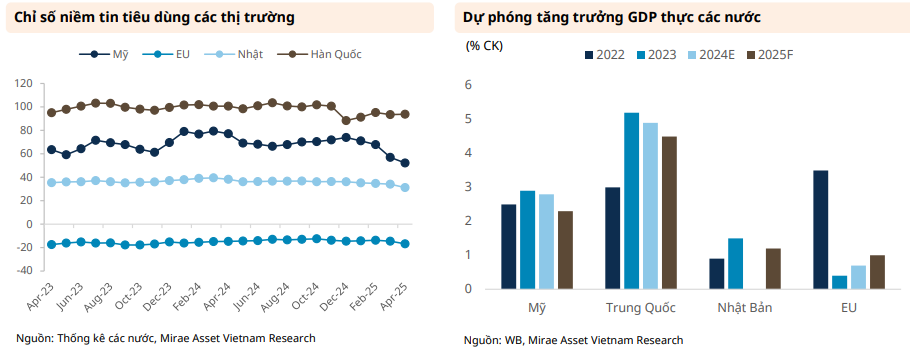
Additionally, the recent escalation between India and Pakistan over the disputed Kashmir region has exacerbated an already divided world. Although both sides have agreed to a ceasefire, military deployments continue and explosions have been reported in the Indian-controlled part of Kashmir. In addition, Ukraine’s peace talks have made little progress despite Ukraine finalizing steps toward a mineral deal with the United States.
One positive is that the Houthis announced that they will stop attacking non-Israeli ships in the Red Sea area, although Israel's siege of Gaza continues.
Prospects and risks for the seaport industry
MASVN expects port businesses to quickly take advantage of the tariff suspension period to minimize risks in case negotiations fail. This will help Vietnamese port companies operate well at least in the second quarter of 2025. However, in the long term, the negotiation results will be the key data to assess the industry's prospects.
In addition to low consumer confidence, expectations for real GDP growth in major markets are lower than at the start of 2025. The IMF recently cut its 2025 US growth forecast to 1.8% (previously 2.7%). The IMF also cut its growth forecasts for other regions: Global (2.8%, previously 3.3%), EU (0.8%, previously 1.0%), Japan (0.6%, previously 1.1%). Barring some breakthrough in tariff negotiations, the low economic outlook and confidence will weigh on demand in Vietnam’s major export markets in the second half of 2025.
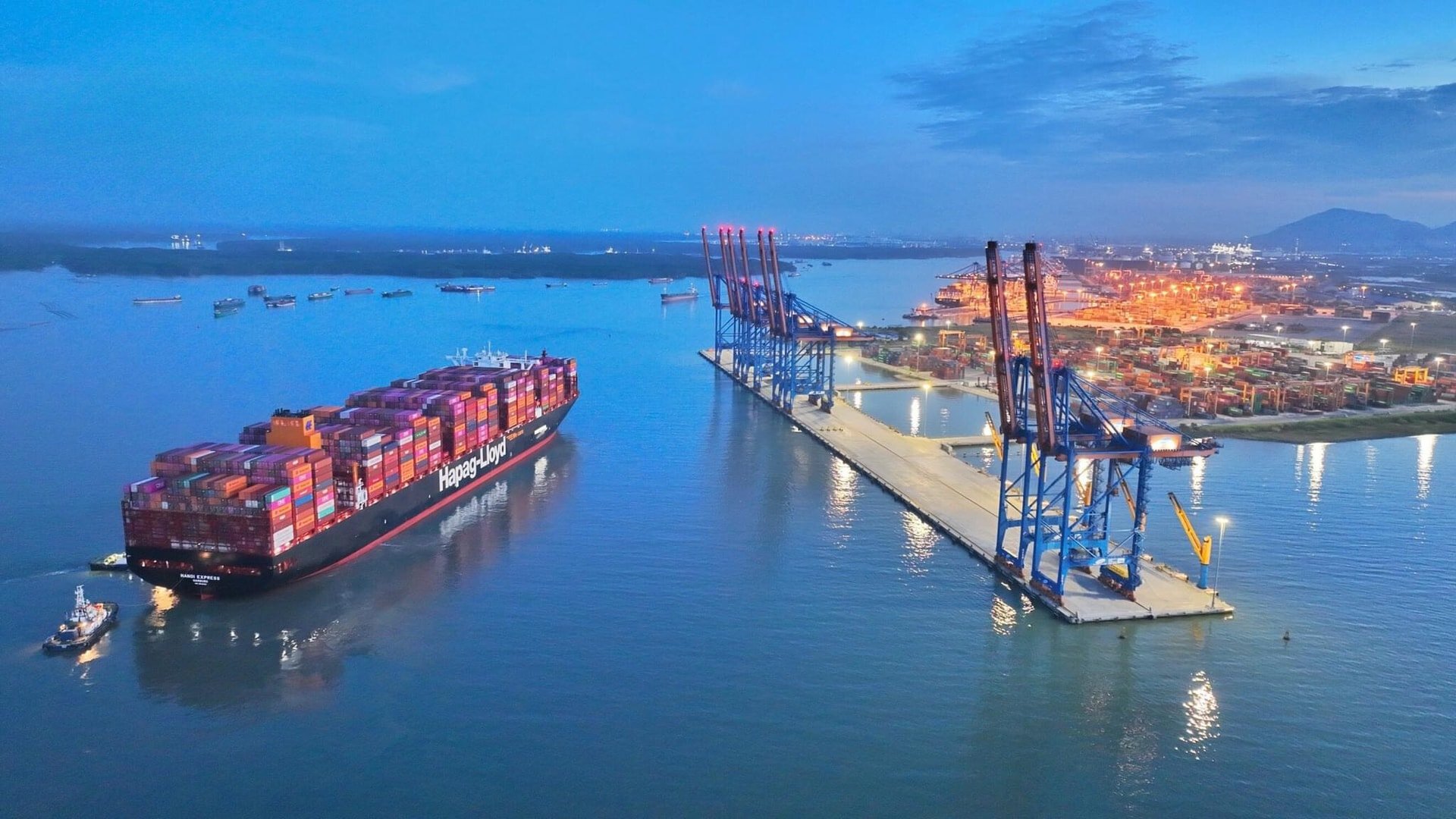
Experts at MASVN also believe that US tariffs have damaged business confidence, which will not recover quickly in the short term. The rising tariff risks have led to businesses shifting and diversifying their supply chains away from relying on one or two countries.
Furthermore, as a major rival to the United States, China will eventually lose its status as the “world’s factory” and the exodus from China will accelerate. Southeast Asian and South Asian countries could be potential destinations for production relocation, especially for labor-intensive industries. Vietnam, with its political stability and heavily invested infrastructure, will benefit from this trend. Furthermore, more manufacturing locations will lead to more demand for shipping, which will support shipping companies.
MASVN believes that the basic tariff of 10% is difficult to negotiate and that Vietnam actually has a large trade surplus with the United States (2024: more than 123 billion USD), which cannot be neutralized in the short term. The most effective tool for Vietnam to balance trade is to increase purchases of US products. However, with about 79 billion USD in foreign exchange reserves (according to the IMF, updated to January 2025), compared to the average monthly import value in the first 4 months of 2025 of 34 USD, there is not much budget left for spending.
Vietnam’s tariff reduction on US products would have little impact on reducing the trade imbalance, as the current average tariff is only 9.4% and demand for US goods is not high enough. Therefore, MASVN expects the maximum tariff to be much higher than 10% (with some possible exemptions). There will also be some origin requirements to curb tax evasion activities.
Source: https://baodaknong.vn/trien-vong-nganh-cang-bien-trong-tam-bao-thue-quan-253288.html


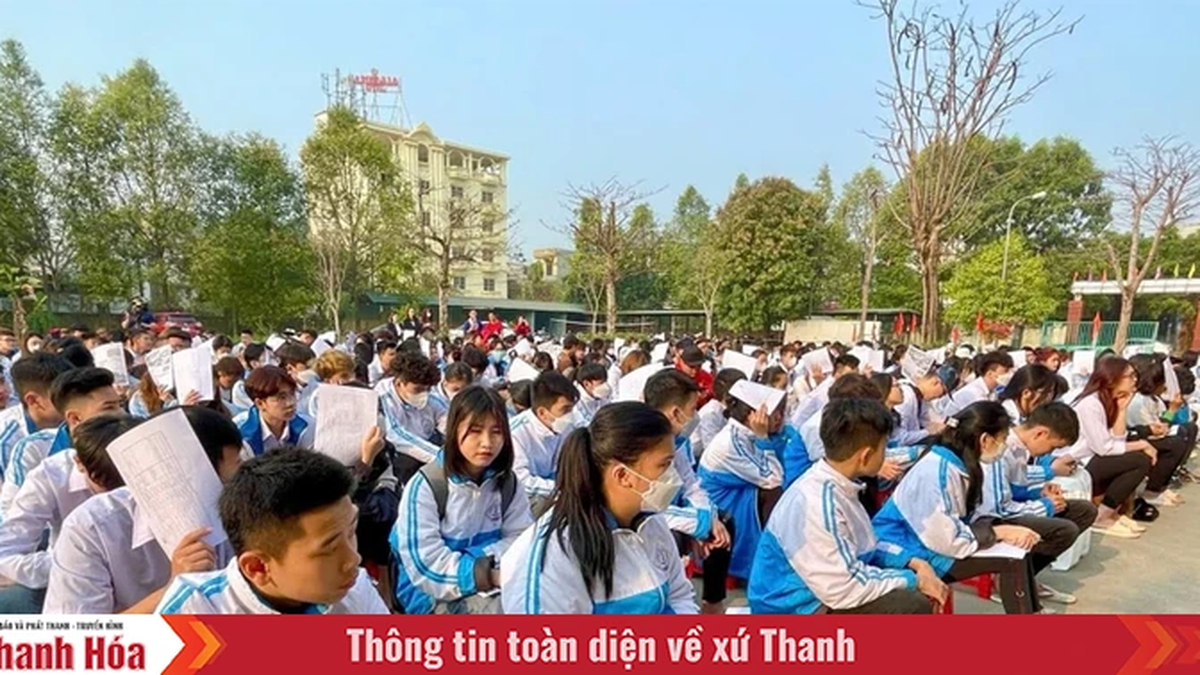

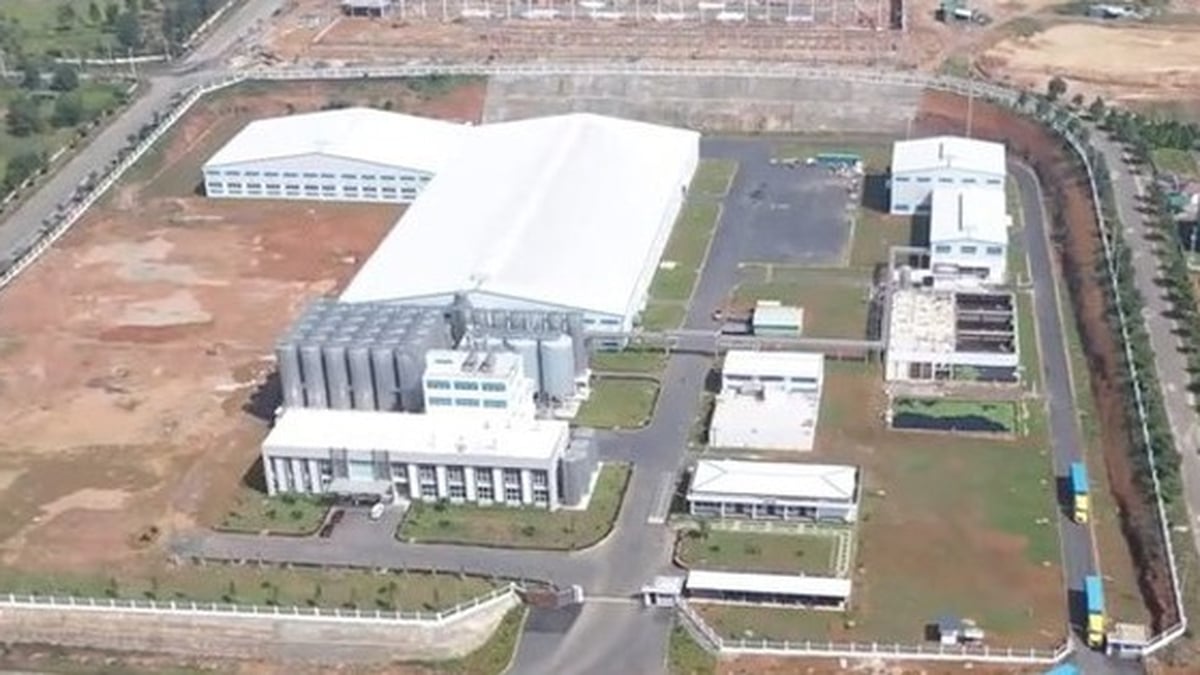
























































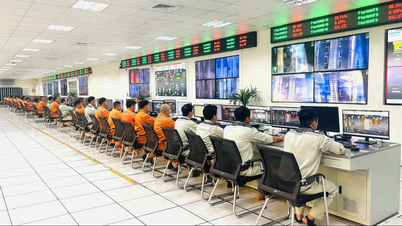

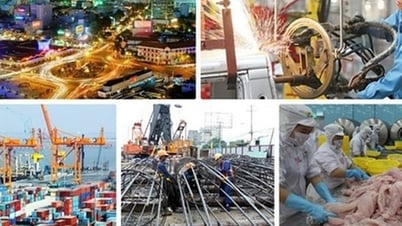


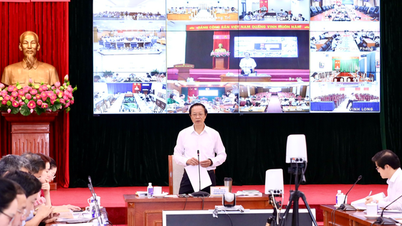


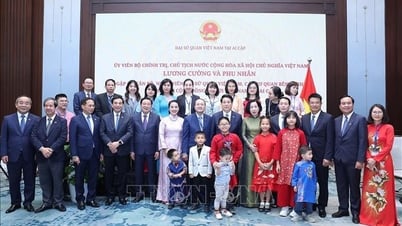
















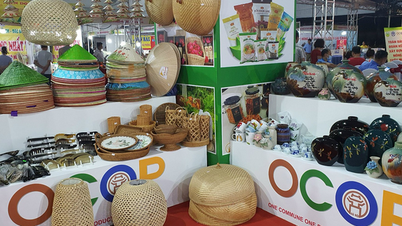












Comment (0)